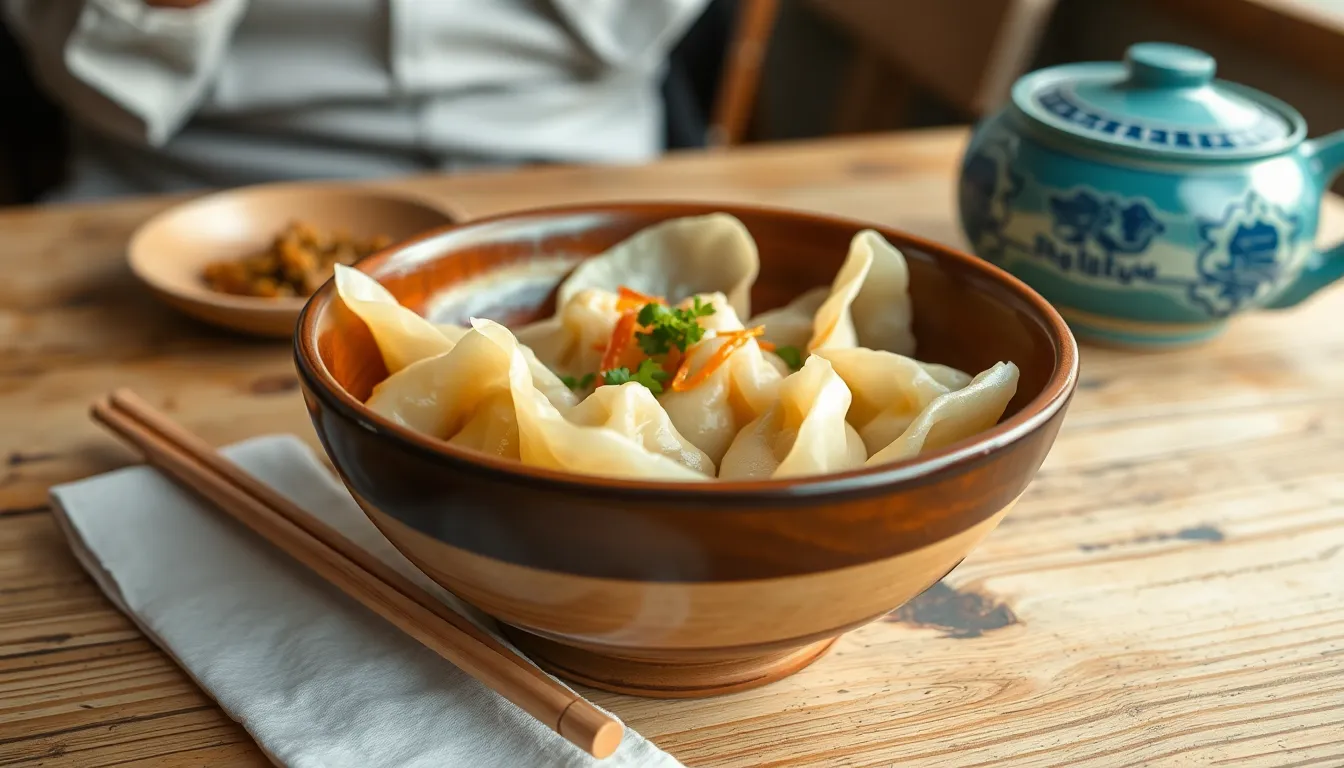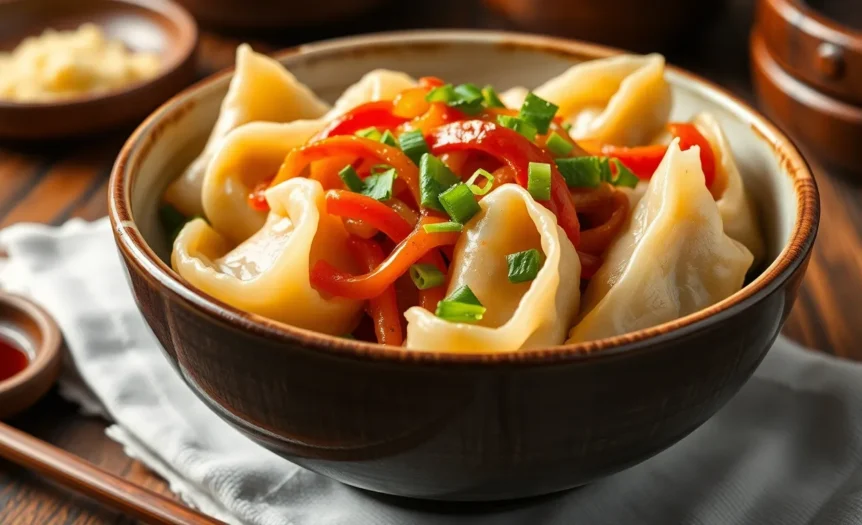Ever wondered why that delicious bowl of bikimsum seems to take its sweet time to leave your stomach? You’re not alone. Many have experienced the post-meal sluggishness that comes with this delightful dish. While the flavors dance on your taste buds, your digestive system might be throwing a party of its own, and let’s just say it’s not a quick one.
Why Does Bikimsum Take Long To Digest
Bikimsum is a beloved dish known for its rich and savory flavors. Many enjoy its combination of ingredients, which can lead to a delightful yet lengthy digestive experience.
What Is Bikimsum?
Bikimsum refers to a traditional dish consisting of dumplings filled with various ingredients. These fillings often include vegetables, meats, and spices, providing a burst of flavor with each bite. Originating from Asian culinary traditions, it captures the essence of comfort food. The preparation method varies but typically involves steaming or frying. Diners often appreciate bikimsum for its versatility, as it can be customized to suit different tastes and dietary preferences.
Nutritional Components of Bikimsum
Bikimsum contains several key nutritional components that impact digestion. Protein from meat or tofu contributes to muscle repair and overall health. Fiber from vegetables aids in digestion, promoting a healthy gut. Carbohydrates from dumpling wrappers provide energy, but high starch content can slow digestion. Fats from cooking oils enhance flavor, yet they also prolong digestive time. Overall, the nutritional balance of bikimsum supports both enjoyment and a more extended digestive process.
Digestion Process

Bikimsum digestion involves several stages that can affect how long it takes for the body to process the meal.
How Digestion Works
Food enters the stomach after chewing and swallowing. In the stomach, gastric juices break down bikimsum, which contains proteins from meats and dumpling wrappers, fats from oils, and carbohydrates from fillers. The digestive system absorbs nutrients as the food moves into the small intestine. Enzymes and bile assist with this process, but absorbing all these rich components requires time.
Factors Influencing Digestion Time
Various factors contribute to the overall digestion duration. Ingredients play a significant role; for example, proteins and fats take longer to digest compared to simple carbohydrates. Meal size also affects time; larger portions can lead to extended digestion. Individual differences, such as metabolism rate and overall health, further influence digestion speed. Hydration levels impact digestion too; staying hydrated can facilitate quicker processing of solid foods like bikimsum.
Reasons for Slow Digestion of Bikimsum
Bikimsum’s rich composition contributes to its slow digestion. Various factors play a role in this process, particularly high fiber content and the presence of fat and protein.
High Fiber Content
Fiber enhances digestive health but also slows digestion. High fiber ingredients, such as vegetables, are common in bikimsum fillings. These ingredients create bulk in the digestive system. The body takes longer to break down fiber, which results in extended digestion times. Fiber also promotes satiety, making the digestive process feel slower. Consuming bikimsum can lead to a more prolonged sense of fullness due to this fiber content.
Presence of Fat and Protein
Fat and protein significantly contribute to longer digestion times. Many bikimsum varieties feature fillings rich in these macronutrients. The stomach requires additional time to process proteins compared to carbohydrates. Fats also delay the stomach’s emptying process, prolonging overall digestion. Each bite’s blend of ingredients affects how quickly the body can absorb nutrients. As such, heavy doses of protein and fat in bikimsum create a satisfying but slower digestive experience.
Impact of Preparation Methods
Preparation methods influence how long bikimsum takes to digest. The specific techniques used in cooking affect the overall composition and texture of the dish, which can impact digestion time.
Cooking Techniques
Steaming represents a common method for preparing bikimsum. This technique retains moisture, preserving nutrients while helping maintain the integrity of ingredients. When fried, bikimsum gains a crispy texture but often absorbs excess oil. This added fat can prolong digestion, as fats typically require more time to break down in the stomach. Boiling serves as another popular technique, allowing flavors to meld, but may result in a softer presentation that may not promote a feeling of fullness as effectively as other methods. Ultimately, cooking techniques determine how the body processes bikimsum, affecting digestion speed.
Serving Sizes
Serving sizes significantly impact digestion rates. Larger portions introduce more food volume, which the stomach must accommodate. This often results in a slower digestive process. When enjoying smaller servings, digestion can occur more efficiently, allowing nutrients to absorb quickly. Additionally, the mix of fillings plays a role; combinations rich in protein and fiber contribute to extended digestion times. Overall, mindful portion control can foster a more comfortable digestive experience after enjoying bikimsum.
Final
Bikimsum offers a delightful culinary experience but comes with a slower digestion process. Its rich composition of proteins, fats, and fiber plays a significant role in how long it takes for the body to break it down. The cooking methods and portion sizes further influence digestion times, making it essential to consider these factors for a more comfortable post-meal experience.
While savoring bikimsum, understanding its digestion dynamics can enhance enjoyment and satisfaction. Mindful eating and appropriate portion control can help mitigate the sluggishness that sometimes follows this beloved dish.



